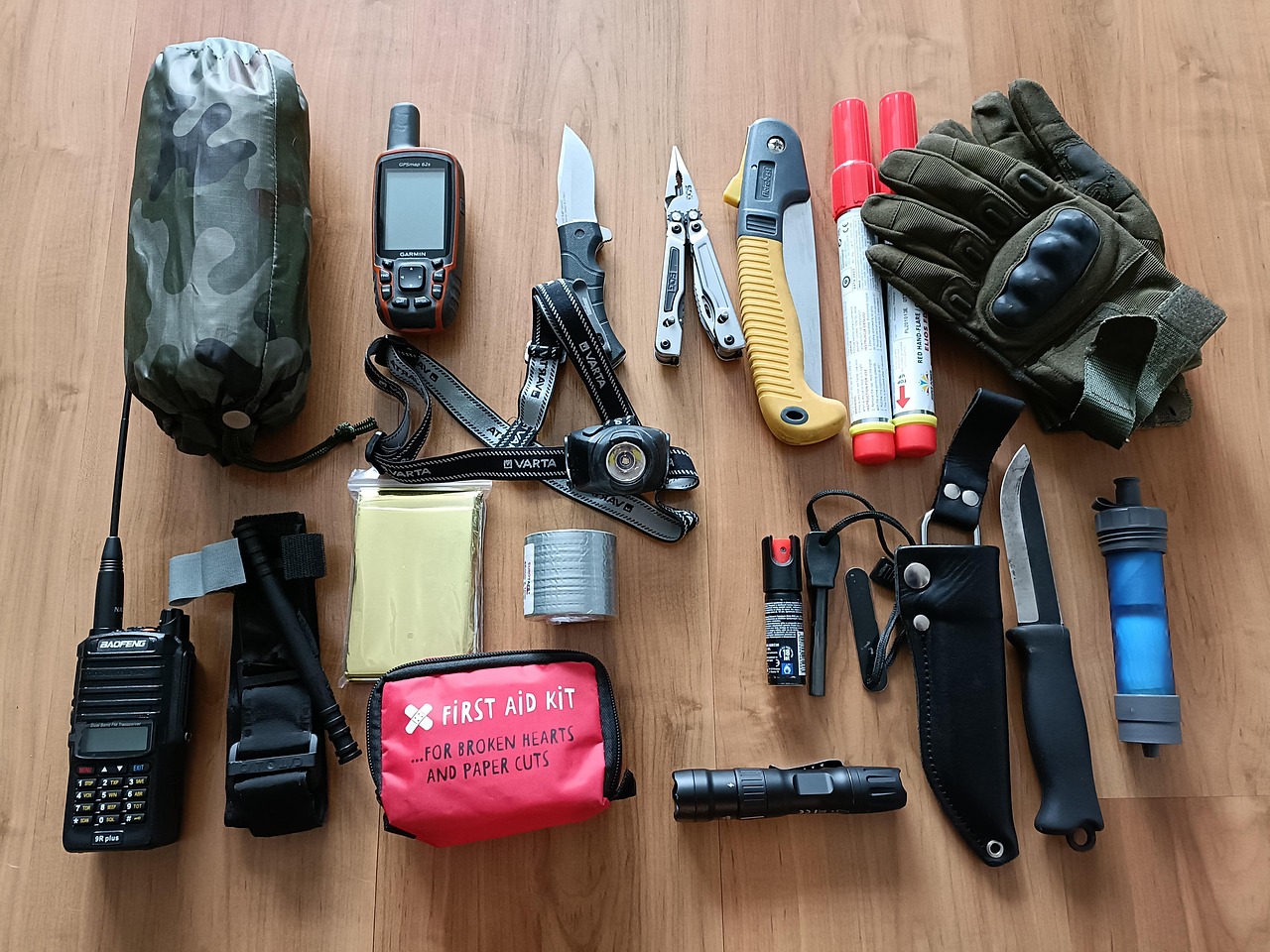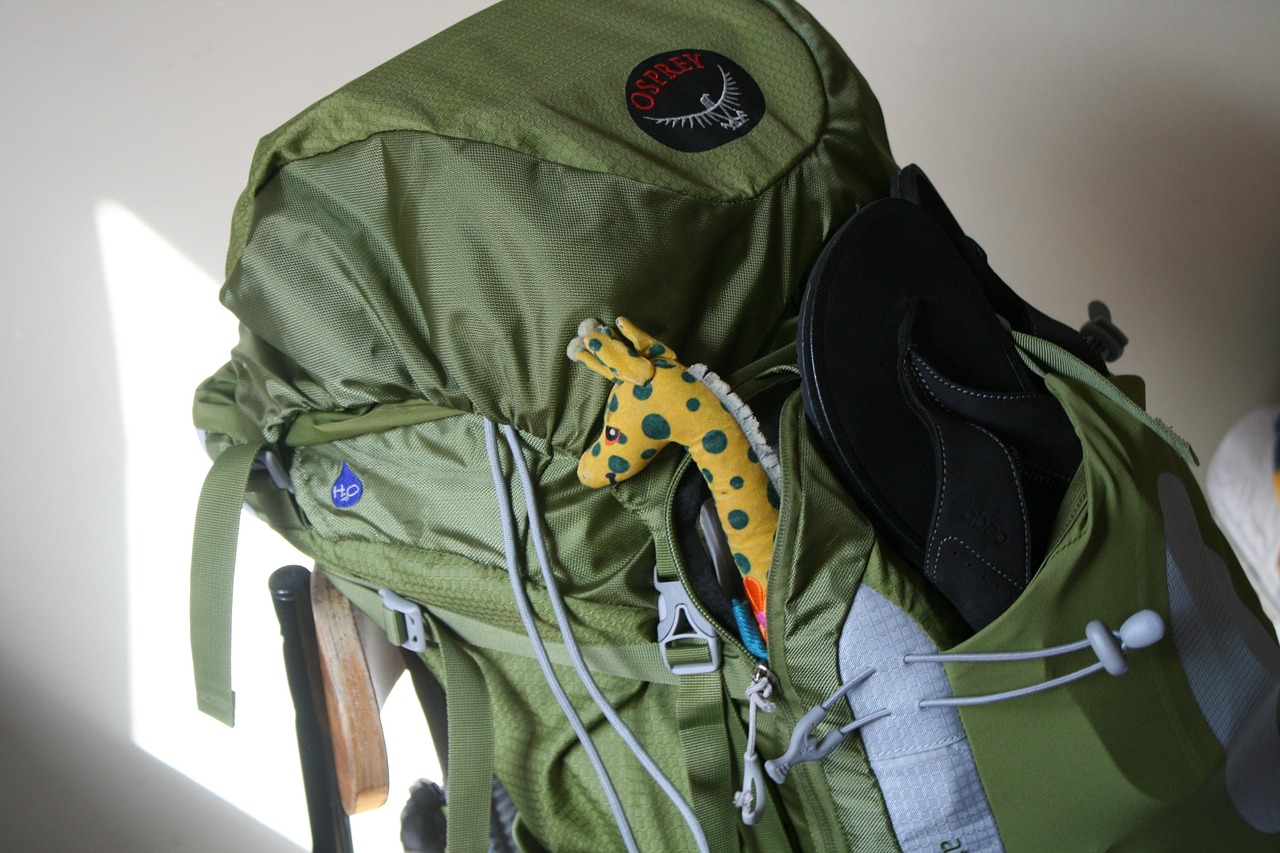
Urban Survival on a Budget: A Practical Guide for Limited Money & Space
In today’s unpredictable world, disasters—both natural and man-made—can occur without warning. From power outages and economic downturns to civil unrest and supply chain disruptions, being prepared is essential. But what if you lack the funds for high-end survival gear or don’t have the space to stockpile supplies? Urban and suburban preppers face unique challenges compared to rural survivalists, but smart planning and resourcefulness can make a huge difference.
Survival isn’t just about gear; it’s about skills, adaptability, and strategic planning. This guide will help you navigate urban survival on a budget and make the most of the resources available to you.
Step 1: Identify the Most Likely Emergencies
Not all disasters pose the same level of risk everywhere. Focusing on the most probable threats in your area ensures you use your budget wisely.
Questions to Consider:
- Do you live in an area prone to hurricanes, wildfires, earthquakes, or floods?
- Is your region susceptible to frequent power outages or severe winter storms?
- Could economic instability or civil unrest impact your access to essentials?
- Have supply chain disruptions already affected your local stores?
By identifying realistic threats, you can allocate your limited funds and space to the most valuable necessities.
Step 2: Build a 72-Hour Emergency Kit
Your first survival goal should be ensuring you can make it through the first 72 hours of an emergency. Many disasters lead to response delays, so being self-sufficient for at least three days is crucial.
What to Include:
- Water: At least one gallon per person per day (collapsible water containers save space).
- Non-Perishable Food: High-calorie options like protein bars, canned goods, peanut butter, and instant noodles.
- Flashlight & Batteries: A hand-crank or solar-powered flashlight is ideal.
- First Aid Kit: Bandages, antiseptic wipes, pain relievers, and necessary personal medications.
- Multi-Tool or Pocket Knife: Useful for opening cans, cutting materials, and general repairs.
- Emergency Blanket or Sleeping Bag: Mylar blankets are lightweight and space-efficient.
- Hygiene Essentials: Wet wipes, hand sanitizer, travel-size soap, and a toothbrush.
- Portable Phone Charger: A solar charger or power bank can be lifesaving.
- Whistle: To signal for help if needed.
This kit should fit in a backpack or a small storage bin, making it easy to store in an apartment, closet, or even a car.

Step 3: Budget-Friendly Stockpiling & Storage Hacks
Once you have a 72-hour kit, gradually expand your preparedness with longer-term supplies. Doing this affordably and efficiently requires smart planning.
Ways to Stockpile on a Budget:
- Buy What You Already Eat: Instead of expensive survival food, buy extra non-perishable items you already consume when they go on sale.
- Rotate Supplies: Use the “first in, first out” method to prevent food spoilage.
- Shop at Dollar Stores: Many emergency items like candles, batteries, canned goods, and hygiene products are available at discount stores.
- DIY Survival Items: Make your own emergency candles, fire starters, and even water filtration systems.
- Couponing & Bulk Buying: Take advantage of sales, bulk discounts, and store reward programs to stretch your budget further.
- Get items that have multiple uses to save on space: Items like super glue can be used both to fix broken items as well as to seal cuts when medical attention isn’t immediately available, or having baking soda on hand can be used for hygiene, fire extinguisher, deodorizer, or insect bite relief.
Maximizing Storage in Small Spaces:
- Store water bottles under beds or couches.
- Use over-the-door organizers for medical and hygiene supplies.
- Keep extra food in stackable plastic bins inside closets.
- Utilize empty suitcases for additional storage.
- Attach shelves above doors or use pegboards for hanging tools.
Step 4: Learn Essential Urban Survival Skills
Being well-equipped is important, but knowing how to use your resources is even more critical. Focus on learning survival skills that don’t require expensive tools.
Key Skills to Learn:
- Water Purification: Learn how to boil, filter, and chemically disinfect water.
- Cooking Without Power: Practice using propane stoves, Sterno cans, and makeshift tin-can stoves.
- Basic First Aid: Take free courses on CPR, wound care, and treating burns (often available through the Red Cross).
- Situational Awareness & Self-Defense: Learn to assess threats and protect yourself in urban environments.
- Bartering & Trading: If cash becomes useless, knowing how to barter can provide essential supplies.
- Urban Gardening & Foraging: Grow food in small spaces and identify edible plants in your area.
Many of these skills can be learned online for free or through community workshops.
Step 5: Plan for Shelter-In-Place & Bug-Out Scenarios
Some disasters require you to stay put (shelter-in-place), while others might force you to evacuate (bug out). Having a plan for both is crucial.

Sheltering in Place:
- Ensure you have enough food, water, and hygiene supplies for at least two weeks.
- Secure your home (reinforce doors/windows to prevent looting in civil unrest situations).
- Have alternative heating and cooling solutions (thermal blankets, battery-powered fans).
- Store plastic sheeting and duct tape for sealing windows in case of airborne hazards.
Bug-Out Planning:
- Keep a Go-Bag ready with essentials for at least 72 hours.
- Identify at least two escape routes out of your city.
- Have a designated safe location to go to, whether it’s a friend’s house, a relative’s home, or a public shelter.
- Use public transit maps to plan alternative travel routes in case roads are blocked.
Final Thoughts: Anyone Can Prepare, No Matter Their Budget
Urban survival doesn’t require a fortune or a rural homestead. With careful planning, smart shopping, and essential skill-building, anyone can be prepared for emergencies.
Key Takeaways:
- Start with the most likely emergencies in your area.
- Build a 72-hour kit as your first step.
- Stockpile food and supplies gradually and affordably.
- Learn practical survival skills instead of relying on gear alone.
- Have a plan for both staying put and evacuating if needed.
- Connect with like-minded people in your community for support and skill-sharing.
By taking small steps today, you can be sure you and your loved ones are ready for whatever comes next. Preparedness isn’t just for doomsday preppers—it’s for everyone who wants to stay safe and secure in uncertain times.
Start where you are. Use what you have. Prepare for the future.
If you liked this post, sign up for our newsletter for exclusive urban survival strategies straight to your inbox.

Leave a Reply